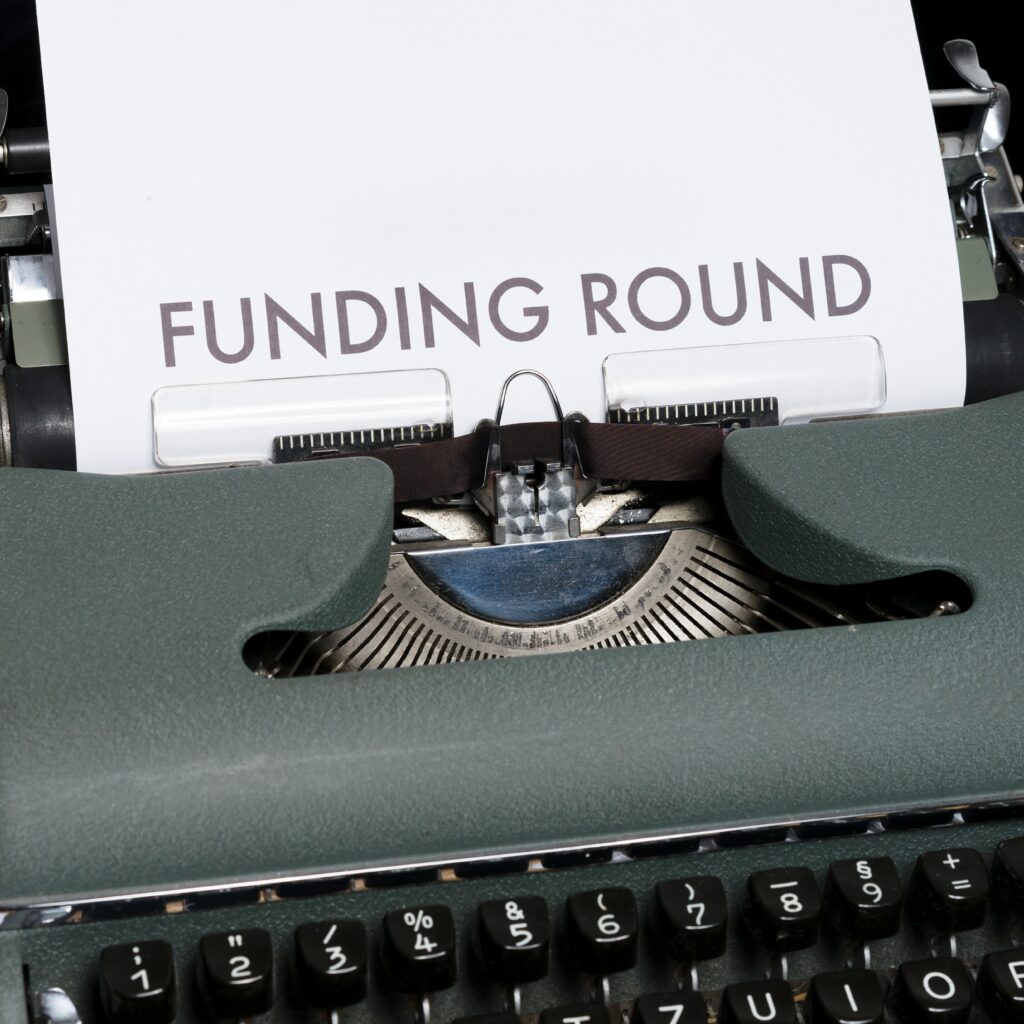If you have an interest in startups, you have probably heard of entrepreneurs with a bright idea receiving “seed capital,” or read about X, Y, or Z startup raising millions of dollars in Series A, B, or C funding. But how much do you understand exactly about startup funding rounds?

The concept of a round of funding is fairly intuitive, whereby an investor or group of investors puts up capital to assist a startup, with the expectation of returns once the company grows.
Initial funding – known as seed capital – is also relatively easy to understand, because a seed is the beginning of the growth of something that can become enormous.
But how are subsequent startup funding rounds characterized? Is it just a way of counting how many rounds of funding the company has had, or does a particular round carry specific features?
For anyone interested in understanding startup funding rounds better, the following overview should be of interest.
Startup funding rounds: Seed capital
As stated above, seed capital is the initial amount of money provided to an entrepreneur or group of entrepreneurs to get their idea off the ground.
That will often come from individuals close to the founder(s), crowdfunding, or could be an “angel investor” enthused by the idea the company is seeking to develop.
Angels are high net worth individuals who invest their own money into a startup in its very early stages, usually in exchange for equity in the company, with a view to reaping major dividends when that company takes off.
Angel investment is high risk, given the considerable failure rate of startups – up to 90% according to some sources. However, the rewards can be incredible.
The seed capital a startup receives from angel investors or any other sources is used to transform an idea into reality – usually via product development. During this stage, the company will usually be generating losses, as it evolves its idea and seeks to get it to market.
Usually a seed funding round will generate funds from around $10,000 and up to $2 million (all figures in USD).
Series A round
Series A funding comes once the startup has developed its product and got it to market, with some revenue being generated but without the company yet being in profit.
Investors putting up funds during this phase have had the opportunity to see the company’s initial product offering on the market, so have a better impression of the opportunities for success, however they are still taking a significant risk, given that fact the profitability has yet to be achieved.
While high net worth individuals are often a source of Series A funding, it can also come from crowdfunding, venture capitalists, and credit investments.
Series A funding rounds allow the startup to expand its operations through hires and purchase of equipment and inventory, while investors tend to be able to purchase a significant share of the company owing to the still high risks involved.
Generally Series A startup funding rounds will generate between $2 million and $25 million.
Series B round

Series B funding rounds tend to occur once the startup has hit particular milestones, with revenues growing and the ability to turn profit much clearer, if not achieved.
Investors during series B will generally pay a significantly higher share price than during the previous round, and will usually purchase convertible preferred stock, rather than common stock, because the former is protected against later dilution.
Investors will expect to see growth in many areas, including revenue, users, and product success. Consequently, the goal of this phase is the identification and assessment of the progress made by a company using its seed capital.
It is during this round the venture capitalists and private equity investors will tend to become more involved, though individuals and crowdfunding are also common sources of investment
Generally, Series B startup funding rounds will generate in the region of $25 million to $50 million.
Series C round
Series C funding rounds are sometimes the last stage of venture capital fund raising, and, like in the previous round, tend to be based on the sale of convertible preferred stock.
Typically, when a startup reaches the point of seeking Series C funding, it has now become established and is turning a demonstrable profit. As such, to some extent the company is no longer a startup.
Often, Series C funding will be generated to scale up an already successful business with considerable consumer demand, and will often be used to support the likes of international expansion,
This will often be the stage before a company makes an Initial Public Offering (IPO) or looks to be purchased.
Given the considerably lower level of risk involved, Series C funding is often the point at which the likes of hedge funds will begin investing.
In general, Series C startup funding rounds generate upwards of $50 million dollars.
Series D round and beyond

While Series C funding rounds tend to be the last, with the company now so profitable it is able to fund its own growth and development, Series D, E, F, or G funding are not unheard of.
Nevertheless, less than 5% of startups seek Series D funding, and even fewer seek subsequent rounds.
Because seeking Series D funding can be an indication that something has not quite gone to plan. The goals established in Series C were for some reason not achieved and the company needs more capital to be able to hit them.
Series D funding, therefore, will often be to help push a company across the line for being prepared for an IPO. Alternatively, it could be used to fund an acquisition of a competitor, or to make a major overseas expansion.
To get to Series D funding or beyond, a company will usually be generating revenues in the tens or hundred of millions of dollars.
These later funding rounds tend to represent low risk, and generally generate north of $60 million.
StartupVC can help get your business going in Colombia
Raising capital and good investors through financing rounds is not easy. You have to pay a lot of attention to show yourself as a promising company while at the same time taking care of improving your business and taking care of all the labor and logistical aspects.
If you want to know more about opening a startup in Colombia or in another Latin American country, we invite you to visit our blog. There is space for new players in the Latin American market to establish themselves and The StartupVC can serve as a resource for young entrepreneurs, investors, and businesspeople.
Reach out to our team for more information and industry insights.
**Nicole Mueller contributed to this article.